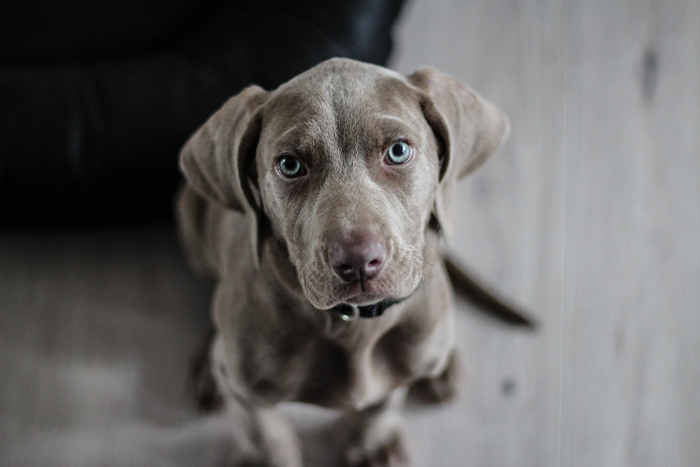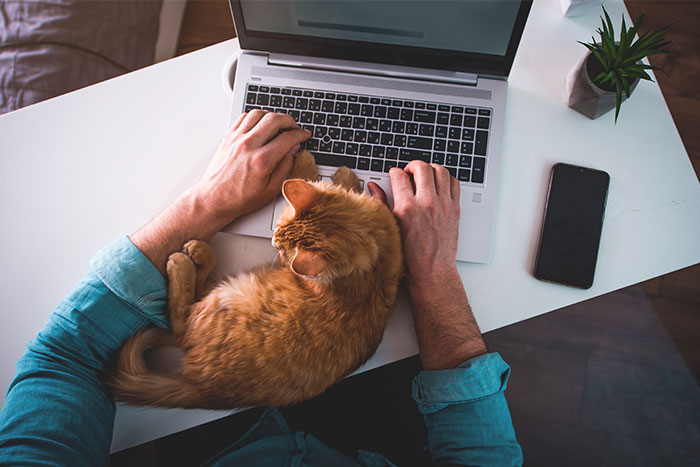Millions of Americans have had to adjust to working remotely due to the COVID-19 pandemic…

My Pet Ran Away, What Do I Do?
One of the scariest situations anyone can face is a missing pet.
The good news is, when a pet runs away, they seldom go very far – which makes it more likely to reunite with them. According to a 2012 study, 59% of lost cats and 20% of lost dogs return home on their own after being lost. But there are always additional steps you can take to help ensure a happy reunion.
Lure Them Back with Scent
Both cats and dogs have highly developed senses of smell and direction. For dogs, consider putting something with your scent on it outside near where you think it got out. For cats, putting their litter box outside may be your best course of action. Even if the litter box has just been cleaned, your cat may still recognize the scent and come back to it.
Get Their Picture Out
Social media has become a great tool for reuniting lost pets with their owners. Post on community Facebook groups, and share it among your own network of friends to help spread the word organically.
Much like flyers (which you can also print and post in your area), your social post should include at least one photo of your pet, their name, gender, any identifying features, when and where they went missing, and your contact information.
Take a Walk
Most lost pets tend to stay close to home, so walking around your own neighborhood is a great place to begin your search. Try calling their name, and carry their food with you. According to the aforementioned study, searching the neighborhood was the most successful way to locate a lost dog (49%), and the second most successful way to reunite with a lost cat (30%).
Don’t become discouraged if your missing pet doesn’t immediately appear. A scared cat or dog may not move or even make a sound out of fear of predators, so it’s important to have patience and keep trying.
Check Local Shelters
When a stray animal is brought in to an animal shelter or city animal control, they are placed on a “stray hold”. These hold times vary by state so it’s best to know the laws regarding lost and found pets in your area. If your pet is left unclaimed after the stray hold period, it will be put up for adoption as long as it is in good health.
The Importance of Microchipping
The best way to avoid your pet getting lost is to do everything you can to prevent it. Still, accidents can happen.
Fortunately, pet owners now have affordable access to microchip technology. The concept may sound like something out of a science fiction movie, but it is the equivalent of your pet wearing a tag and collar that can never come off.
The procedure only takes a minute and is often done during the pets spay or neuter procedure. During the surgery, a tiny microchip with your contact information is implanted anywhere from the neck to between the shoulder blades of the animal. The microchip is approximately the size of a grain of rice and shouldn’t cause your pet any discomfort.
If your pet ever goes missing and is later scanned for a microchip, your information will be made available to the veterinary office and an attempt will be made to contact you with the information from the chip. (So make sure that you keep your contact information with them up to date.)
A Lifetime Commitment
When adopting any animal, it’s important to understand that you are committing to keeping your new pet happy and healthy until the end of their days.
Pet ownership can be expensive, and an unexpected illness or injury to them can be a financial drain. To help offset these costs, we’ve teamed up with one of the top pet insurance carriers in the country to offer discounts on coverage. Visit our pet insurance page.


